Astrophotography
These are poor quality, however… they represent a giant accomplishment for me personally. Always fascinated by the night skies, I’ve dreamed of seeing, with my own eyes, the planets. But try as I might with cheap telescopes, binoculars and such, I still only saw dots in the sky. With my starter T5 and a cheap 500mm lens I was able to actually make out the bands and moons of Jupiter and the rings of Saturn! Considering that this was in the heat of August, in my front driveway along a major street in a streetlight ridden southern California city… I think it is pretty good. I will attempt a redo with the 90D once in Oregon and hopefully get much better shots.
I used a 500mm f8 lens with a 2X multiplier. That multiplied by the 1.6 APS-C crop sensor in the camera, meant it was about a 1600mm equivalent. Amazingly difficult to accomplish for the following reasons. Aiming in the dark is super difficult in just acquiring the target. Without a tracker to keep the camera moving as the earth turns, the planets move across the view in less than 60 seconds at high magnification. This required constantly loosening, moving, and tightening the tripod over and over. Even attaching the tripod to the mounting shoe on the lens, the long lens made it off balance and back heavy. So every time that I had to reacquire the planet, the camera ended up drooping from where I positioned it making it point way above my target area. I had to just guess at where it would be and tighten the tripod and let go. I ended up hanging a cloth pouch full of D cell batteries from the lens to reduce the droop. If I got it right, the planet was somewhere in the view and I had seconds to take the shot! Auto focus doesn’t work for this so I had to guess at the best focus. To add to the difficulty, I had to use the screen on the back, not the viewfinder. The mirror flapping when the picture was taken was enough to shake the camera and ruin the shot. So I did it with the mirror locked up and used a cable with a 2 second timer to allow it to settle down after tripping the shutter button. It had to be done in as dark a place as possible as stray light from entering the camera was tainting the picture. Cars going by constantly didn’t help. Also, this meant that I couldn’t see the buttons on the camera to change shutter and ISO settings. A red color flashlight helped not ruin my eyesight temporarily between shots for this. Not to mention the jostling of the positioning when I did. AND… I had to guess at the settings and hope the exposure was good. I didn’t find out until I finished and went inside to pull up the images on the computer. It took 3 nights trying to get it as good as I could. It should be a bit easier in the dark Oregon nights… I hope.

These are with the 90D and the Sigma 150-600.
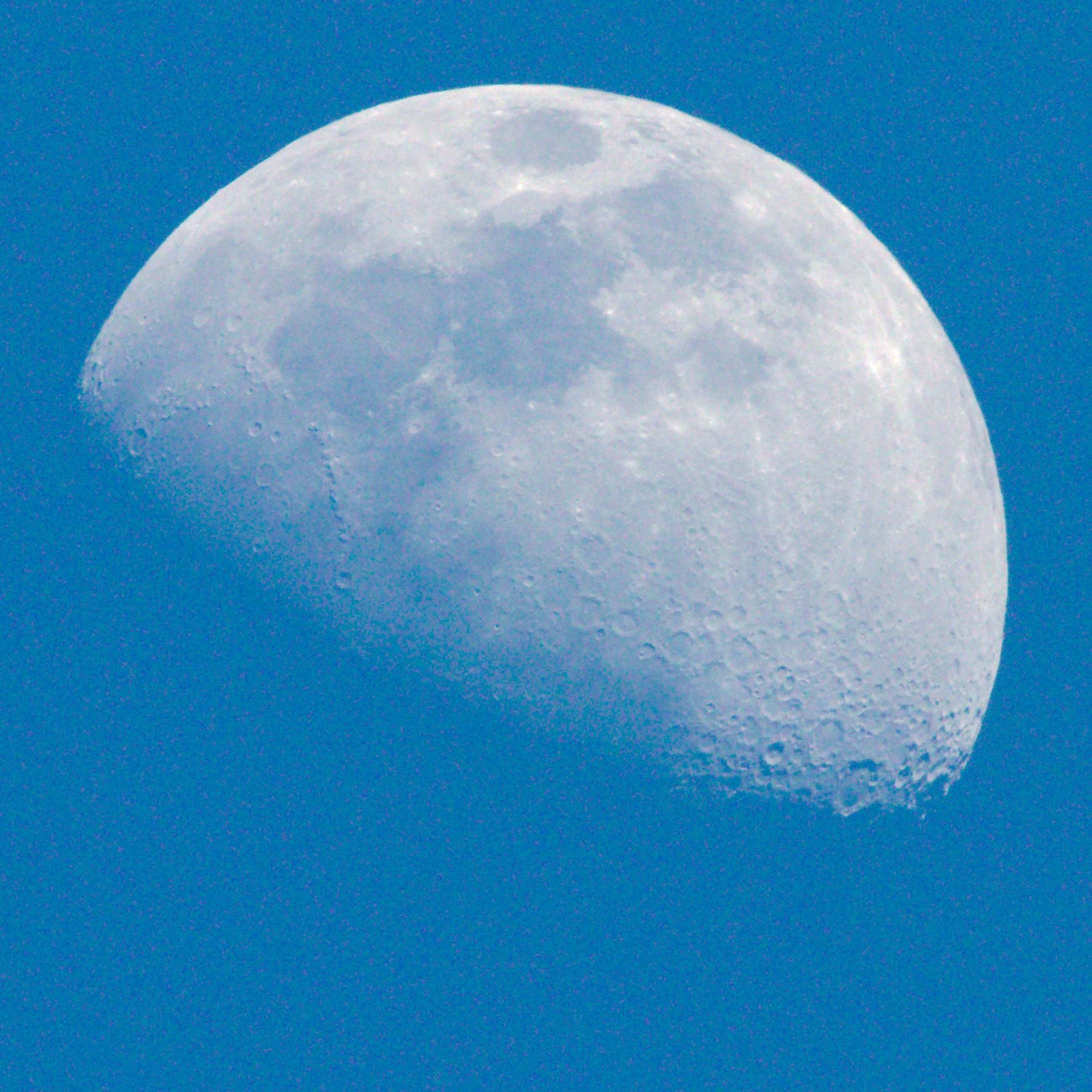

During the lunar eclipse through the window screen.
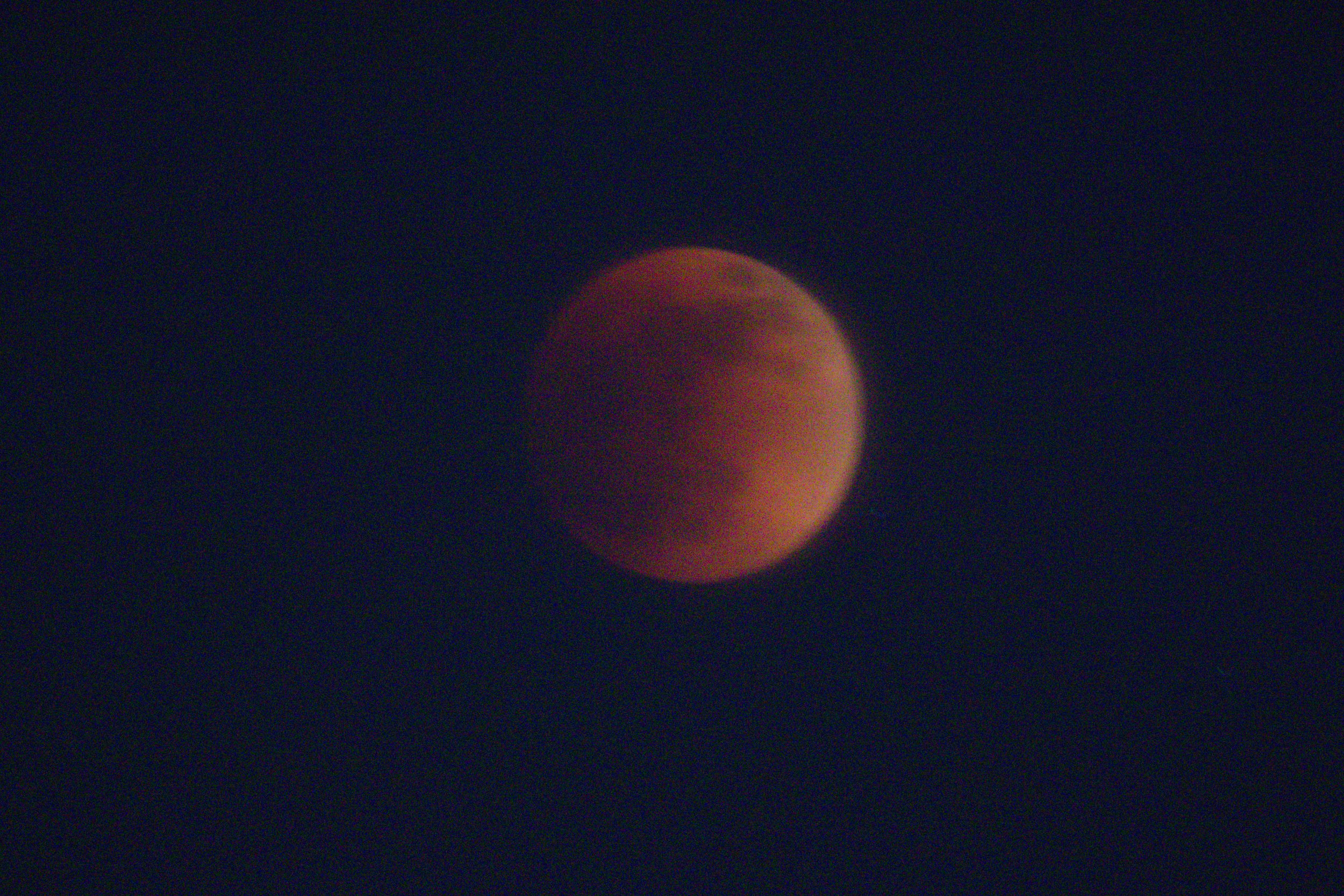
During the lunar eclipse through the window screen.

This is Jupiter showing the bands.
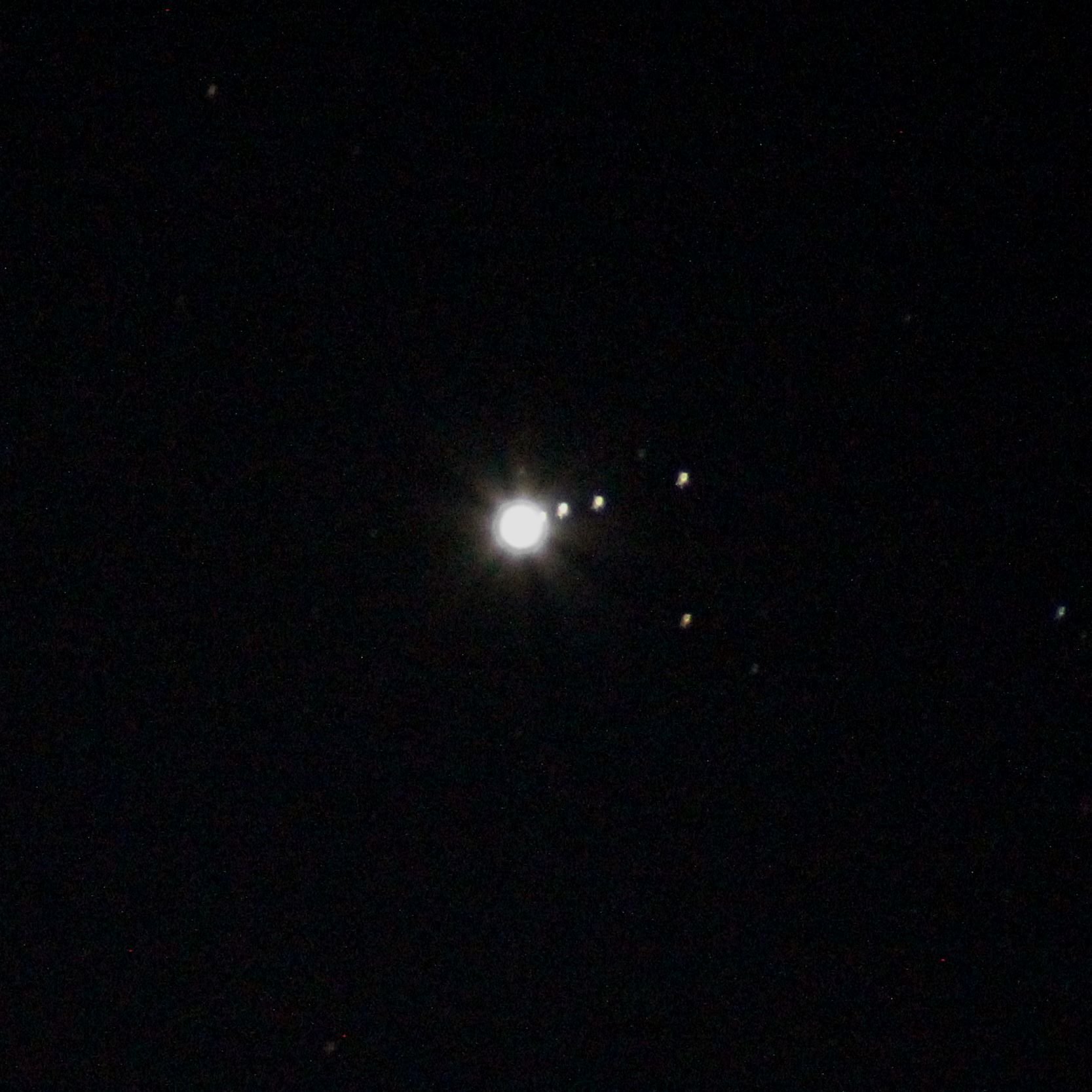
The moons of Jupiter. The planet has to be overexposed to see the dimmer moons. The trailing is from either movement of the camera or the Earth.
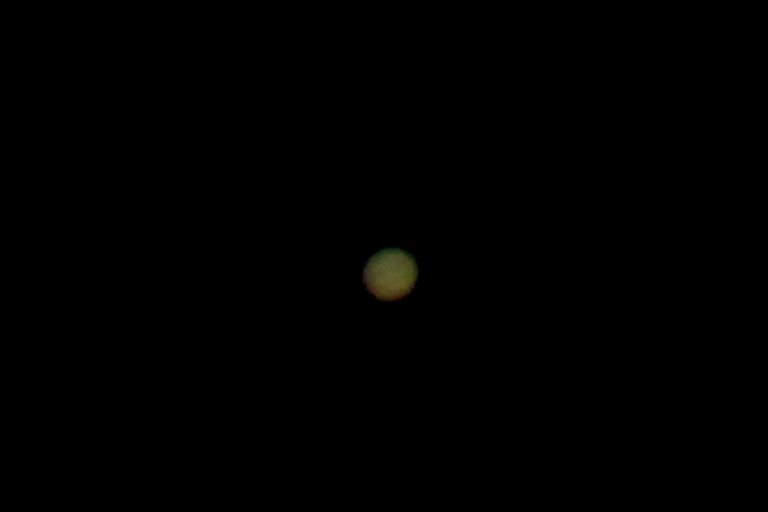
Jupiter



I love being able to see the crater walls sticking out.


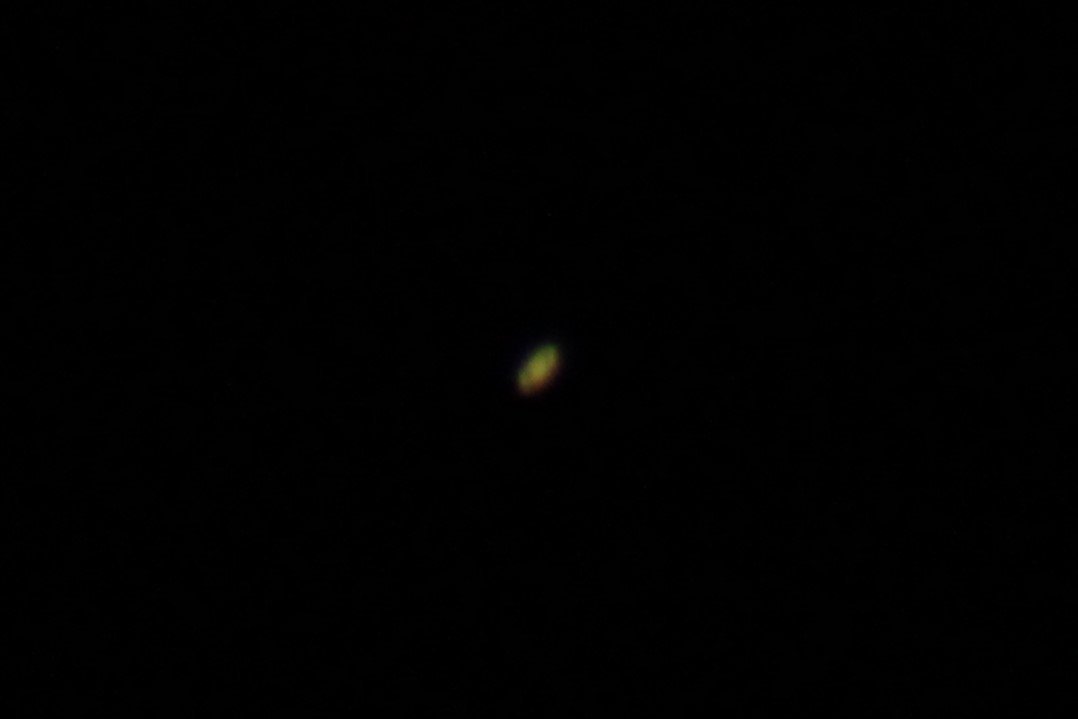
Saturn where you can make out the rings.
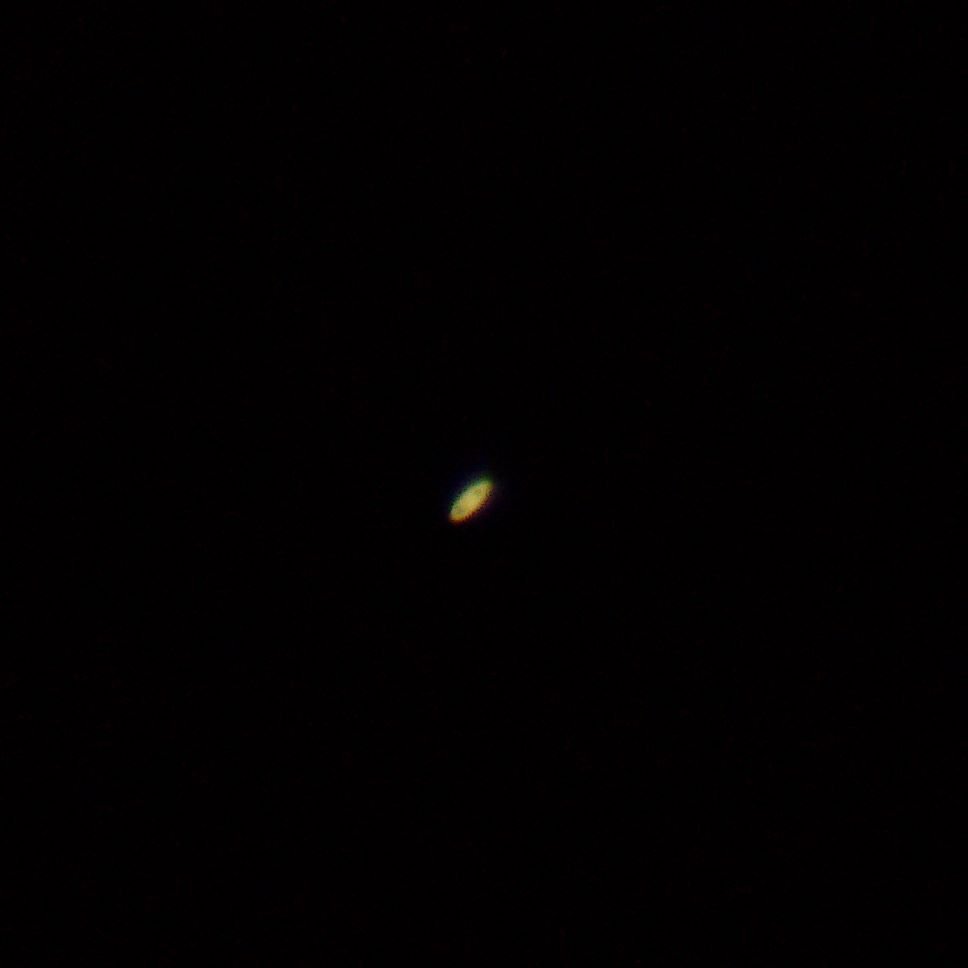
Saturn with some editing.

Mars was harder than I thought. I think it was focus problems.

The sun on July 18th 2022. Focusing is a bit of a problem while being baked in the sun. However you can see a bunch of sunspots.

Here is a color corrected image. Not as fun to look at I think.

This was the view of the North American eclipse of 2024 from Southern California.
